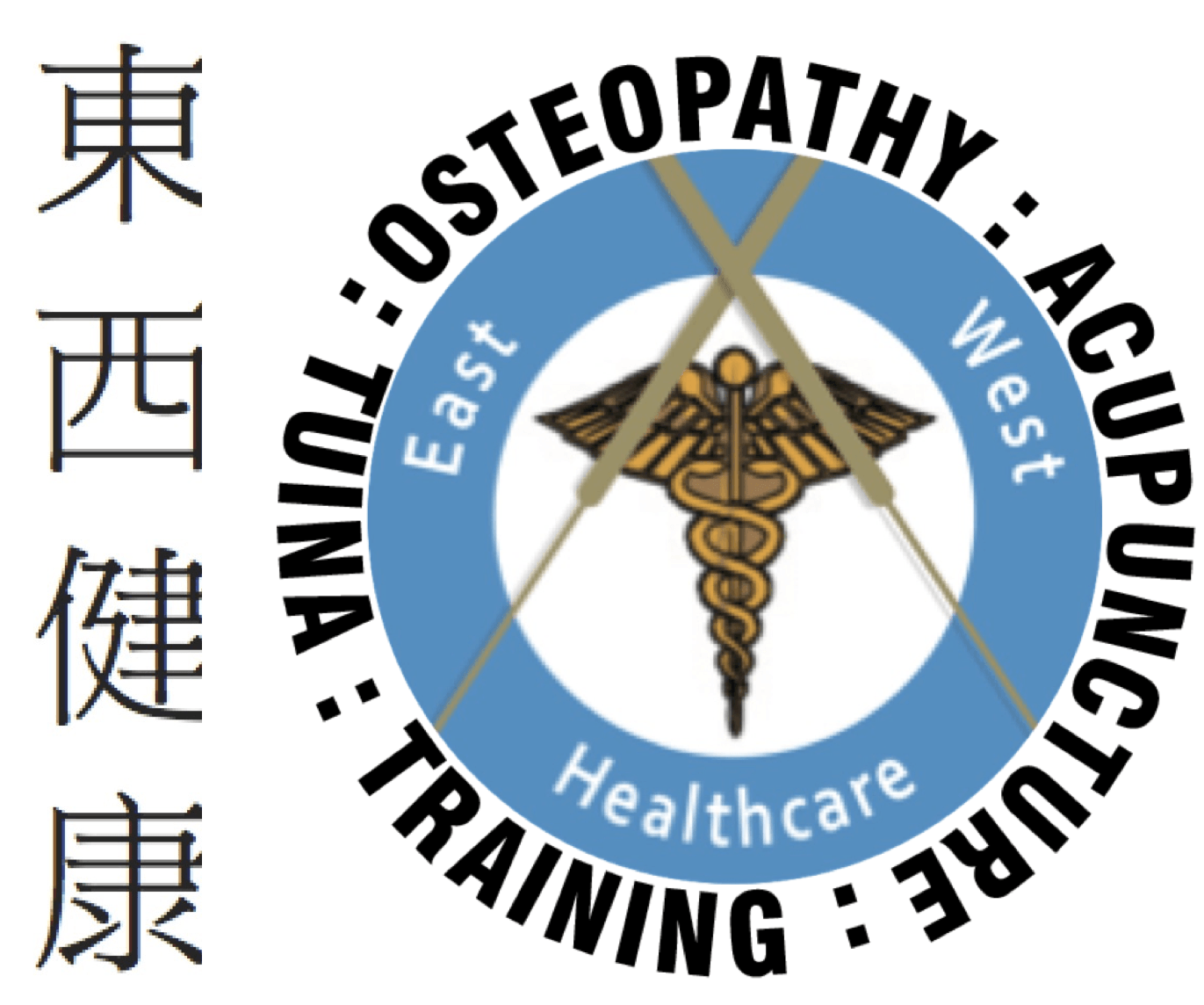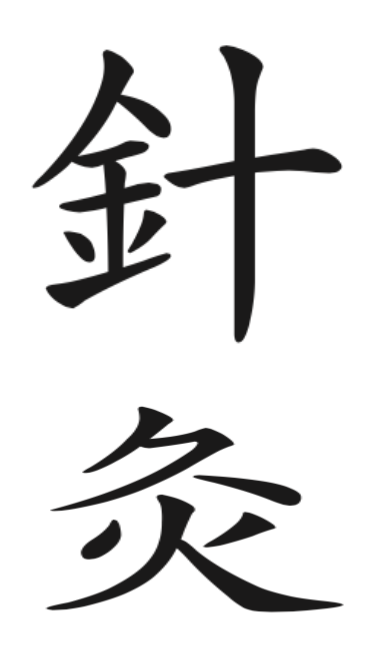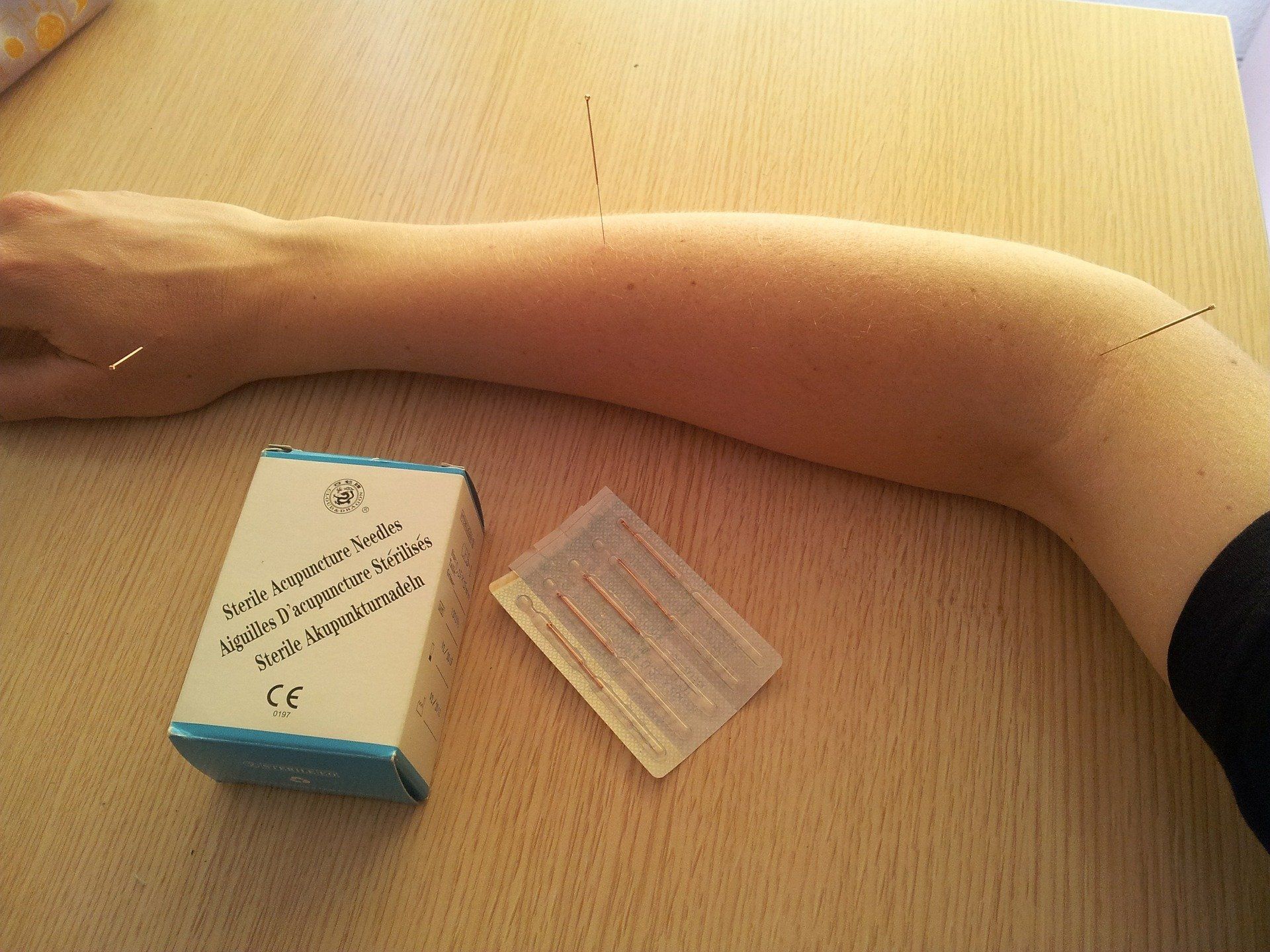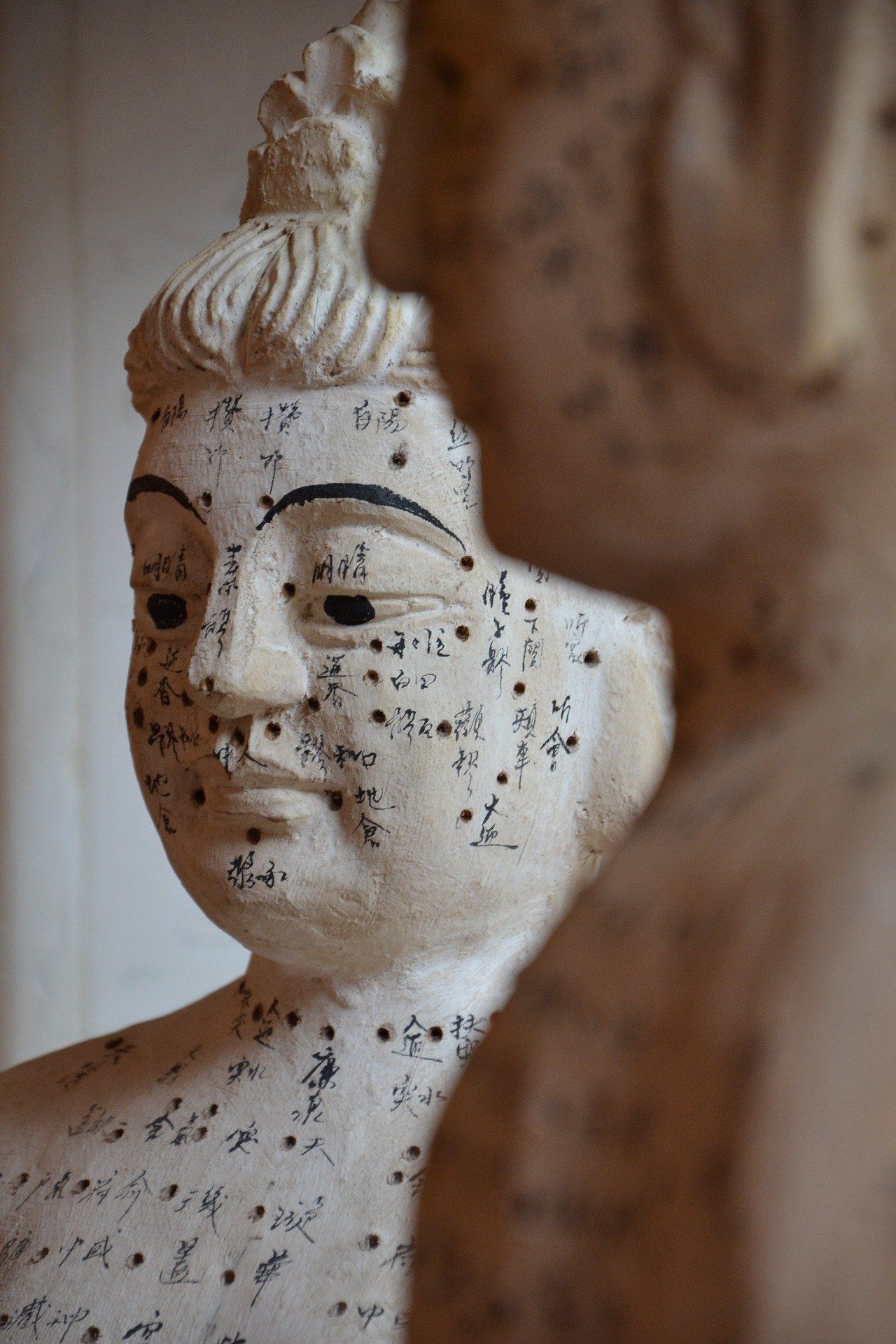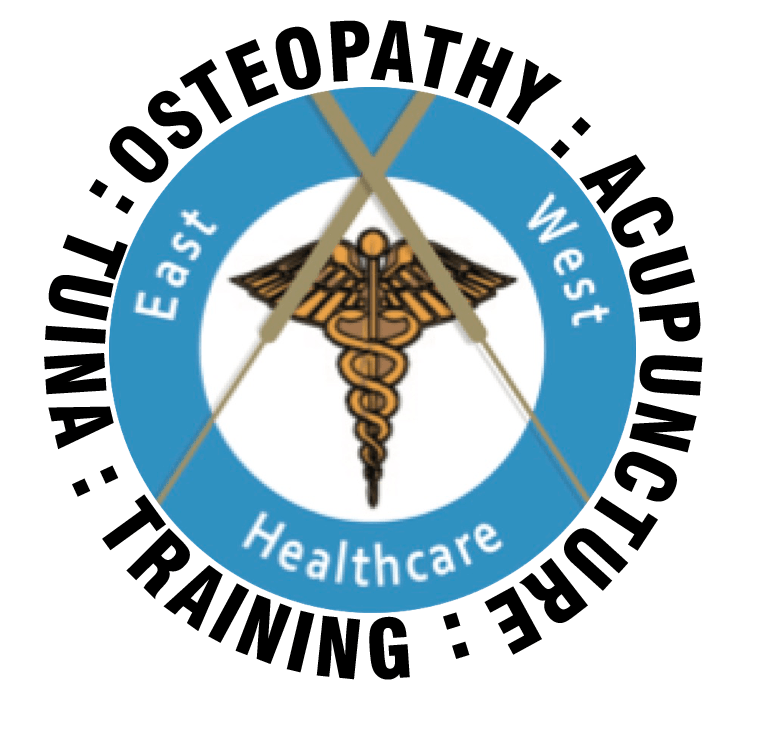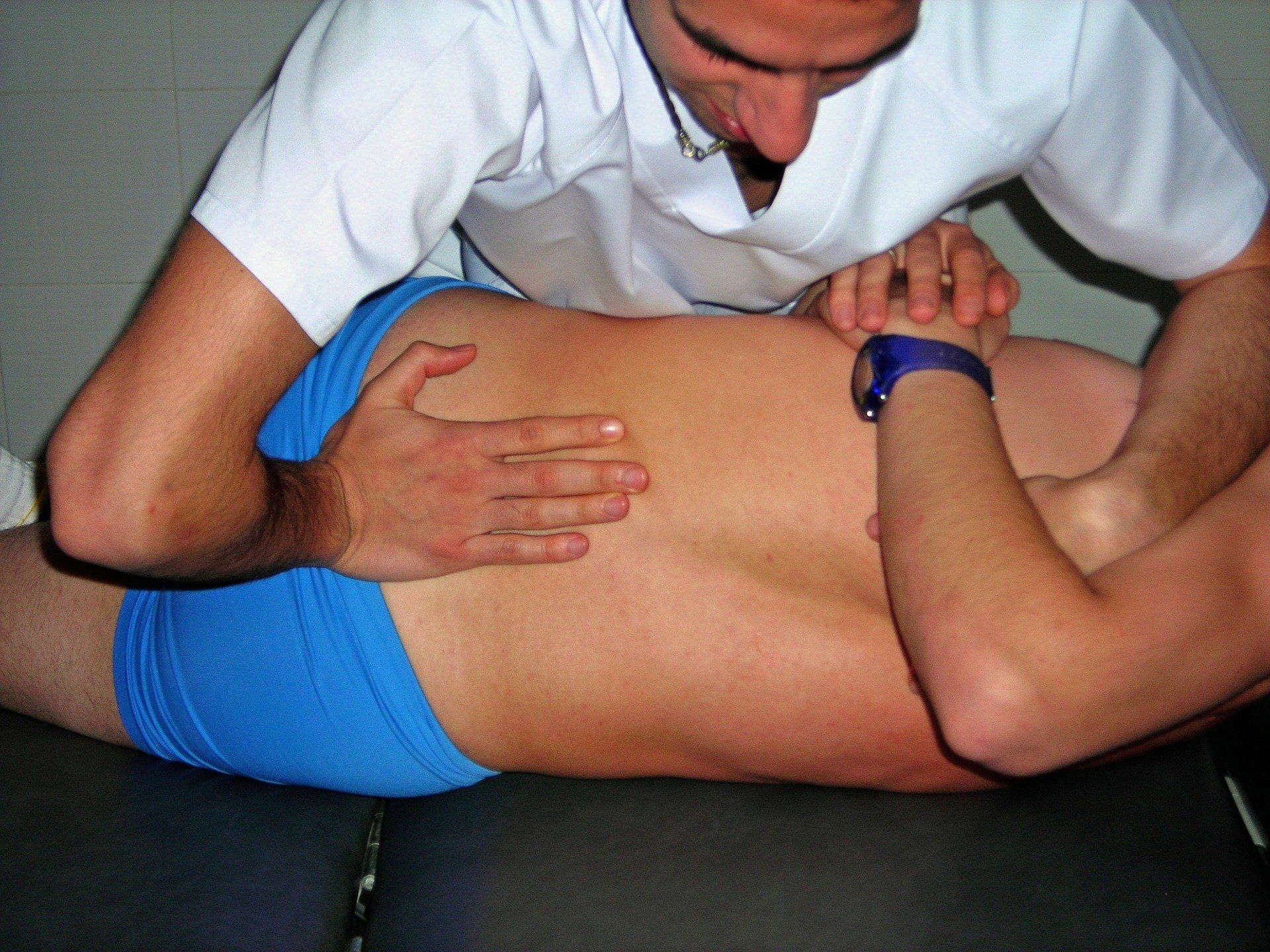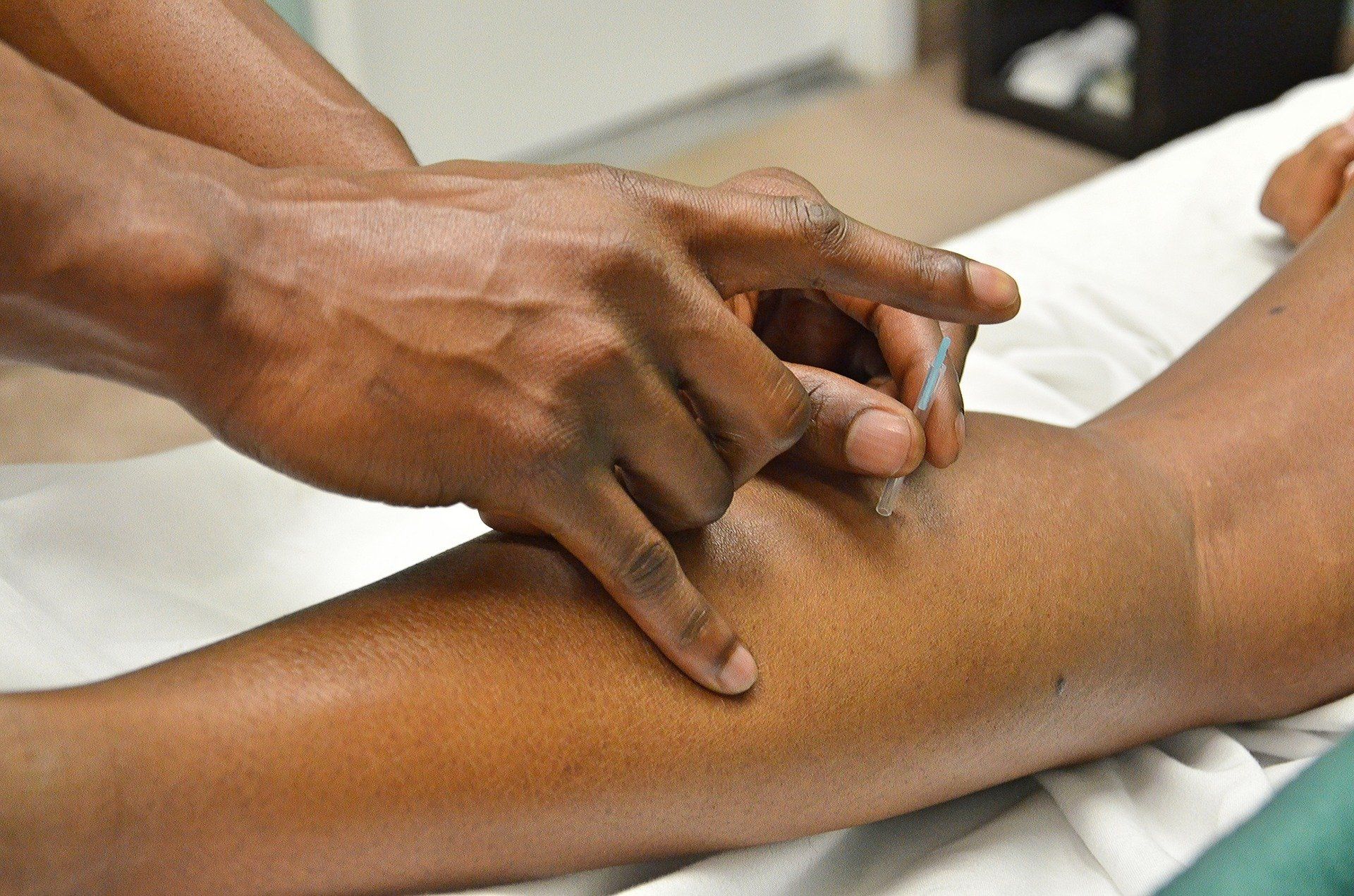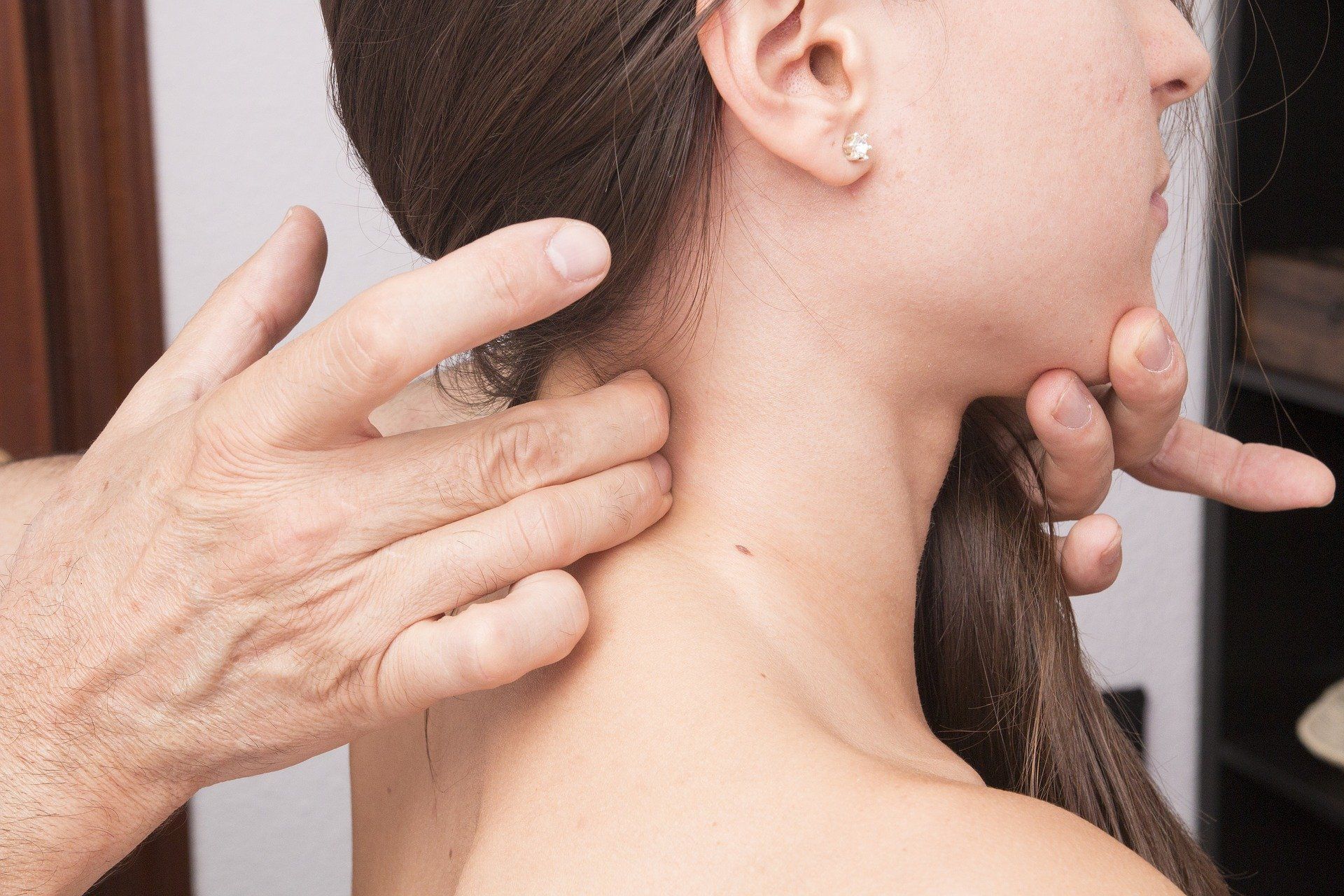Acupuncture
Classical and Orthopaedic Acupuncture
What is Acupuncture
Types of Acupuncture
Classical Acupuncture
Classical (or Traditional) Acupuncture involves treating the patterns of disease and dysfunction and focuses treatment on the individual rather than their illness. Diagnosis is highly personalised and involves careful consideration of how symptoms inter-relate. Using a variety of diagnostic principles, including Yin-Yang theory, the 8 Principles, 5-Phase theory and Applied Channel theory, seemingly unconnected symptoms weave together into a "Pattern of Disharmony". The practice of Acupuncture can focus on painful areas, acupuncture points and acupuncture channels and its overall aim is to restore the body's equilibrium. Both body acupuncture and auricular (ear) acupuncture has been shown to be very useful in helping reduce stress and anxiety, together with helping patients feel more revitalized and relaxed.
Orthopaedic Acupuncture
Orthopaedic Acupuncture uses functional anatomy, Range of Motion (ROM) testing, orthopaedic examination, manual muscle testing (MMT) and palpation to identify the injured tissue. Postural and muscle imbalances are assessed through static and functional movements in order to understand how and why the injury occurred. With its popularity amongst many healthcare professionals, this form of acupuncture is often practiced by medical doctors, physiotherapists, osteopaths and chiropractors after a short course of training.
Integrative Treatment
Alex integrates orthopaedic acupuncture with classical acupuncture, classical channel theory and auricular acupuncture to diagnose and treat excess (shi) and deficient (xu) conditions involving the channels and injured tissues. The importance of determining accurate organ and channel diagnosis, together with modern orthopaedic examination is emphasized in order to ensure an individualised treatment plan. In partnership with you, he may then use acupuncture, in conjunction with other TEAM modalities, and / or osteopathic techniques to deliver an integrated treatment plan. For what to expect on your first treatment, please go to our FAQs page, by clicking here.
Alex is a member of the British Acupuncture Council (BAcC) and the British Medical Acupuncture Society (BMAS). More information can be found on their respective websites, or by clicking here.
Brief History of Acupuncture
Acupuncture Research and the Fascial connection
Below you will find a very interesting interview with Dr Helene Langevin(MD). Dr Langevin is the Director of the National Center for Complementary and Integrative Health (NCCIH) at the National Institutes of Health (NIH). She received an MD degree from McGill University in 1978, post doctoral research fellowship in Neurochemistry at the MRC Neurochemical Pharmacology Unit in Cambridge, England, residency in Internal Medicine and fellowship in Endocrinology and Metabolism at Johns Hopkins Hospital. She was a Professor in Residence of Medicine at Harvard Medical School, Brigham and Women's Hospital. She was also a part-time Professor of Neurology, Orthopedics and Rehabilitation at the University of Vermont College of Medicine. In this short interview she describes her research into the role fascia has in Acupuncture and other manual therapies.
Introduction to Traditional Chinese Medicine
Below you will find a very interesting lecture given by Dr David Miller to Harvard Medical Student explaining the principles of Chinese Medicine. Dr. David W. Miller, MD, LAc is one of the only MD physicians in the U.S. dually board certified by the American Board of Pediatrics and the National Certification Commission for Acupuncture and Oriental Medicine (NCCAOM). Dr. Miller received his Bachelor’s degree in Theoretical Mathematics from Vassar College, his M.D. from the Brown University School of Medicine, and completed his internship and residency in Pediatrics at the University of Chicago. He then completed his Master of Science in Traditional Oriental Medicine with the Pacific College of Oriental Medicine in Chicago
Lifestyle Advice
Both Traditional Chinese Medicine and Osteopathy promote a healthy lifestyle (termed Yang Shen or "Nourishing Life" in Chinese Medicine) to help combat many of the common chronic illnesses that plague society both in past and present years. As Dr Dean Ornish states in his book "UnDoIt" -
- Eat well - increasing fruit, vegetables and whole foods and minimising processed foods;
- Move more - even moderate exercise of 30 minutes a day will help offset some of the effects of inflammation - do what you love doing (since you will be inclined to maintaining it) from a simple daily walk, cycling, gym work to dancing or martial arts;
- Stress less - mindfulness techniques, meditation, yoga, Tai Qi and Qi Gong or a simple walk in nature will help ameliorate the effects of long term chronic stress and;
- Love more - for many people the loss of close family networks / structure in our modern society, has resulted in reduced contact and intimacy that can help support us in our time of need.
For some interesting advice on lifestyle medicine I have included 2 links -
A short 30 minute interview with Dr Dean Ornish regarding lifestyle medicine
A longer 90 minutes documentary on Forks (food) over Knives (surgery) - some of the science behind a healthy lifestyle
